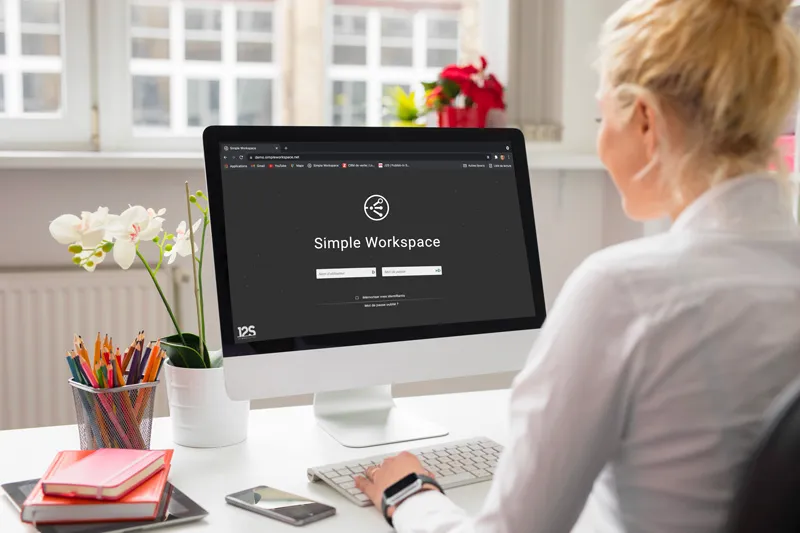It was while looking for inspiration for a new article that I found myself browsing the J2S blog for an idea… until I realized the diversity and depth of the topics covered, which made me want to present you with a synthesis of the different production modes exploited by our customers and the flexibility of Simple Workspace.
Indeed, the diversity of contexts and uses addressed by Simple Workspace is astonishing: aggregating data flows, writing, transforming, translating, automating, collaborating, formatting, proofreading, publishing, and so on.
As described in the article Simple Workspace or the connected factory, this is indeed a “flexible” factory, capable of managing long production cycles with numerous interactions, whereas other fully automated cycles are spread over very short periods, or even in real-time.
The factory is flexible, yet it is based on invariants: it’s hard to produce without raw materials! In our case, the raw material is the data to be processed, whether to feed a website, produce files for another software program, or produce a catalog or book.
And, as in any factory, there are initial or intermediate stocks at the input and at various stages of production, which will be used by the operations to finally arrive at the “finished product”, in our case the data to be output according to the target(s).
Indeed Simple Workspace is a “flexible” factory, capable of managing long production cycles with numerous interactions, whereas other fully automated cycles are spread over very short periods, or even in real-time.
The factory is flexible, yet it is based on invariants: it’s hard to produce without raw materials! In our case, the raw material is the data to be processed, whether to feed a website, produce files for another software program, or produce a catalog or book.
And, as in any factory, there are initial or intermediate stocks at the input and at various stages of production, which will be used by the operations to finally arrive at the “finished product”, in our case the data to be output according to the target(s).
Just like a factory, a stock shortage stops all or part of the production.
This is where the analogy between a “traditional” factory and Simple Workspace becomes interesting: Do our customers need a factory or an art studio? In fact, Simple Workspace is software and, as such, is more flexible than a “physical” factory, allowing it to be both – and we’ll see that it needs to be.
Simple Workspace can be fully automated to take input data and produce an immediate result in “real-time”. This is what happens, for example, when Simple Workspace is asked to produce labels, mark-ups, or product sheets on the fly: the documents are generated on the fly. At this stage, we generally want a missing piece of data (e.g., a missing photo on a product) to be identified (e.g., a message to indicate the problem, or a publication with a missing item).
A similar approach can be found in the iterative production of automated catalogs or books: an absence or rejected quality control must be translated into a clear message so that the data can be adjusted accordingly before repeating.
However, much more can be demanded of Simple Workspace through its parameterization, and in particular, the support of flows that will enable gaps to be filled.
This is where the “conventional” factory analogy comes to an end, and we enter into the concept of the art studio.
Indeed, in general, each element produced by Simple Workspace is unique: the image of a product is unique to it and cannot be used by another product. On the other hand, the processes are similar, and the absence of an image on a product can be handled by the same process, like this:
- Creation of an image “request” (for the product concerned, perhaps with related specifications, for example, a list of colors to be covered), this request being materialized by a “pending” preview (allowing the product sheet and its graphic representations to indicate its status).
- The request may be automatically assigned, for example, to the photo studio or 3D workshop as an order, which is then responsible for responding to the order with photos or images, which may then enter a delivery validation circuit.
- Or go through an intermediate stage, e.g. search in a DAM, or assignment to one studio or another, or search in an external image database. This intermediate stage can be used to complete the order (e.g. management of dates and samples for shooting, etc.).
We’ve taken the notion of missing images as an example to illustrate Simple Workspace’s flexibility; but the same concepts apply to all known notions of Simple Workspace, such as translations, whether it’s a question of translating pages (which produces “pieces of text” to be translated, or even images to be translated) or translating product sheets (“fields of text” to be translated) to supply e-commerce websites, for example.
Simple Workspace, known for producing documents to be published, is regularly used to manage data completion, both before and during production.
So, factory or not? In any case, it’s production management!
Please don’t hesitate to contact us : We look forward to hearing from you.
D. Lantier
Business Developer











